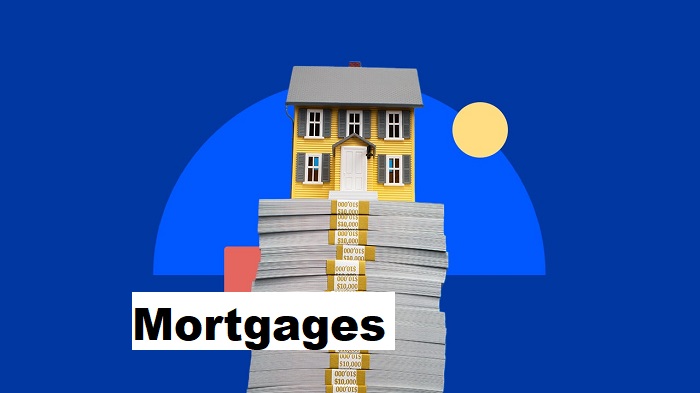A Comprehensive Guide to Mortgage Rates and Costs in the UK
Understanding the complexities of mortgage rates and associated costs is essential for homebuyers and homeowners alike. Mortgages come with a range of rates, fees, and hidden costs that can significantly impact the total expense of financing a home. This guide provides an in-depth analysis of mortgage rates, types, costs, and tips for securing the best deals in the UK.
Understanding Mortgage Rates
Mortgage rates are the interest rates applied to home loans, determining the overall amount you will repay over the life of the mortgage. These rates vary based on the type of mortgage chosen and market conditions. Two main types of rates are prevalent:
- Fixed-Rate Mortgages
Fixed-rate mortgages offer interest rates that remain constant for a set period, generally two to ten years. This stability provides consistent monthly payments, which is ideal for budgeting. - Variable-Rate Mortgages
These mortgages come with fluctuating interest rates that adjust according to the Bank of England’s base rate or other benchmarks. While initial rates may be lower than fixed rates, payments can rise if market rates increase.
Factors Influencing Mortgage Rates
Several factors influence mortgage rates in the UK, including:
- Bank of England Base Rate: The central bank’s base rate is the primary driver of mortgage interest rates.
- Economic Conditions: Inflation, employment rates, and overall economic growth also play a role in determining mortgage rates.
- Lender’s Risk Assessment: Your credit score, income stability, and financial health will influence the rates offered to you by lenders.

Types of Mortgages in the UK
There are several types of mortgages available in the UK to suit different needs:
- Fixed-Rate Mortgages: Provide predictability but may start with a higher interest rate.
- Variable-Rate Mortgages: Often offer lower initial rates but come with more risk due to fluctuating payments.
- Tracker Mortgages: Interest rates follow the Bank of England base rate.
- Discount Mortgages: Offer a discount on the lender’s standard variable rate.
- Capped Rate Mortgages: A variable rate mortgage with a cap that limits how high your interest rate can rise.
- Offset Mortgages: Link savings accounts to your mortgage, reducing the interest you pay.
Mortgage Costs to Consider
Upfront Costs:
- Deposit: Usually 5-20% of the property’s value.
- Arrangement Fees: Lenders charge fees for setting up the mortgage.
Ongoing Costs:
- Monthly Payments: Comprise principal repayment and interest charges.
- Interest: The cost of borrowing the funds.
Hidden Costs:
- Valuation Fees: Paid to the lender to assess the value of the property.
- Legal Fees: Associated with the legal processes involved in purchasing the property.
- Early Repayment Charges: These fees apply if you pay off your mortgage early.
Impact of Credit Scores on Mortgage Rates
Your credit score plays a pivotal role in determining the interest rate on your mortgage. A higher credit score often results in better rates and lower overall borrowing costs.
Tips for Improving Your Credit Score:
- Pay bills on time
- Reduce your debt
- Regularly check your credit report for any inaccuracies
Government Schemes and Incentives
Several government schemes are designed to make homeownership more accessible:
- Help to Buy: Assistance for buyers of new-build homes.
- Shared Ownership: Purchase a portion of the home while paying rent on the remainder.
- Right to Buy: Provides discounts for council tenants looking to purchase their homes.
Tips for Securing the Best Mortgage Rates
- Shop Around: Compare rates and fees from various lenders.
- Consider a Mortgage Broker: Brokers can help you access a broader range of products and deals.
- Timing: Apply for a mortgage when rates are favorable and your financial situation is stable.
Conclusion
Understanding mortgage rates and the associated costs is critical for making informed financial decisions. With the right knowledge, you can navigate the mortgage market more effectively, choosing the right mortgage type, minimizing hidden costs, and potentially saving thousands of pounds over the life of your loan.
